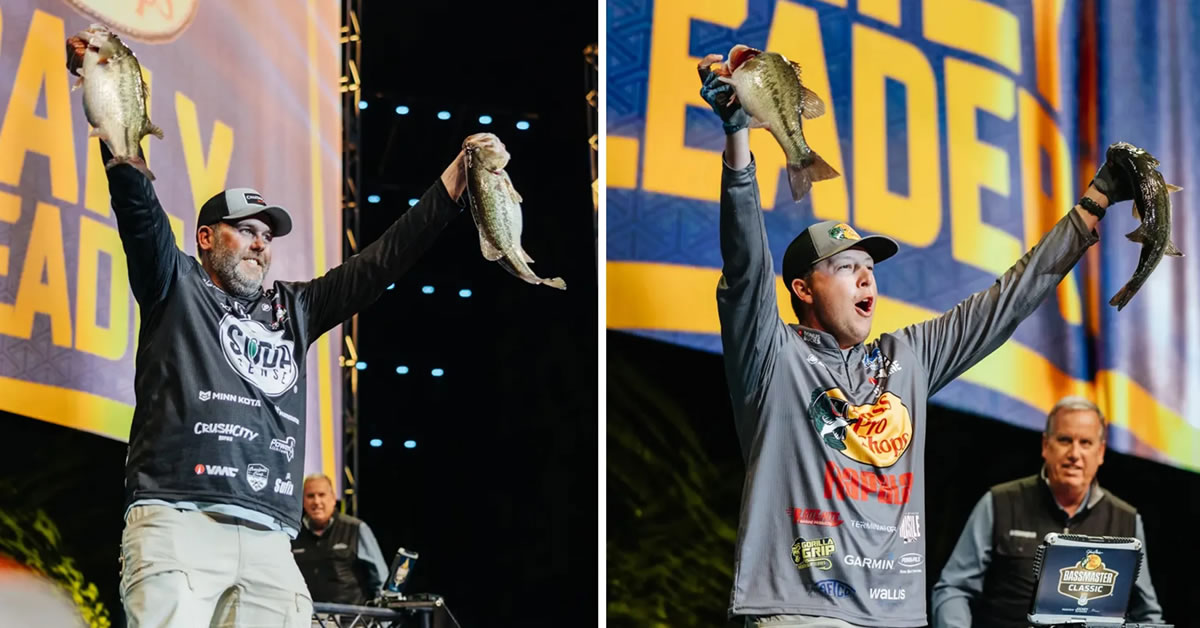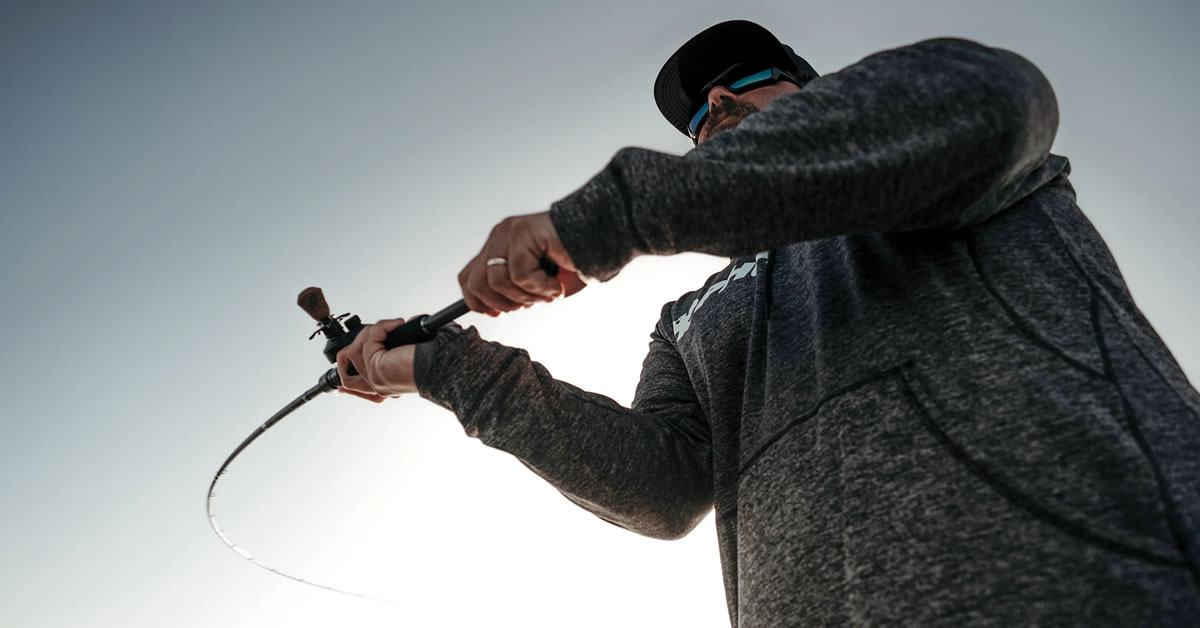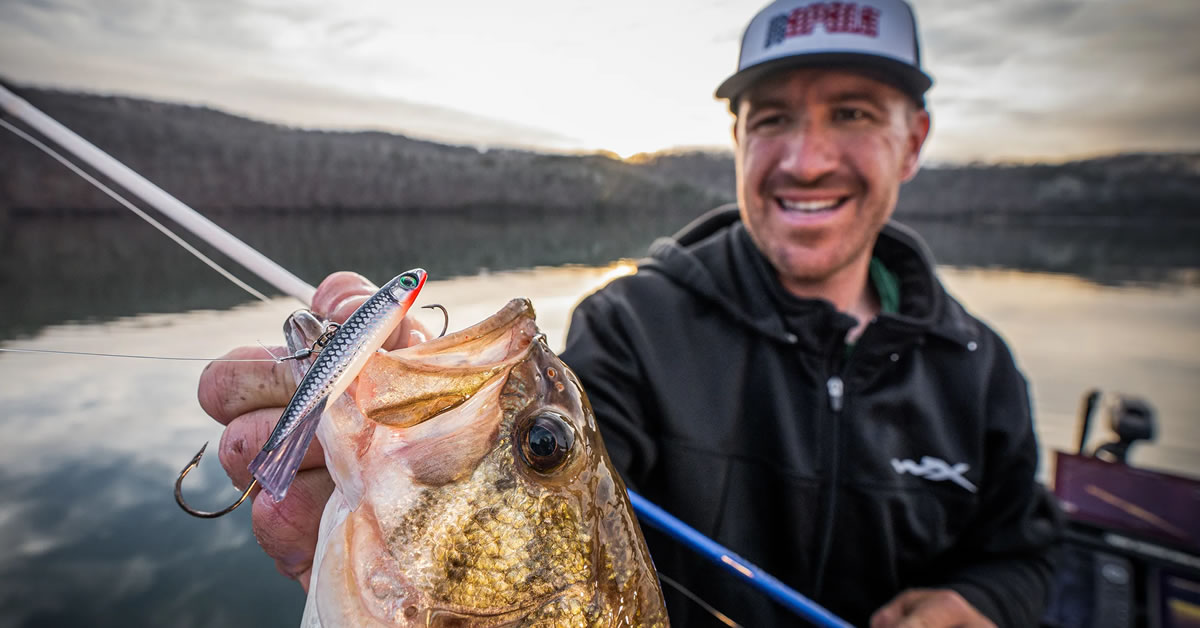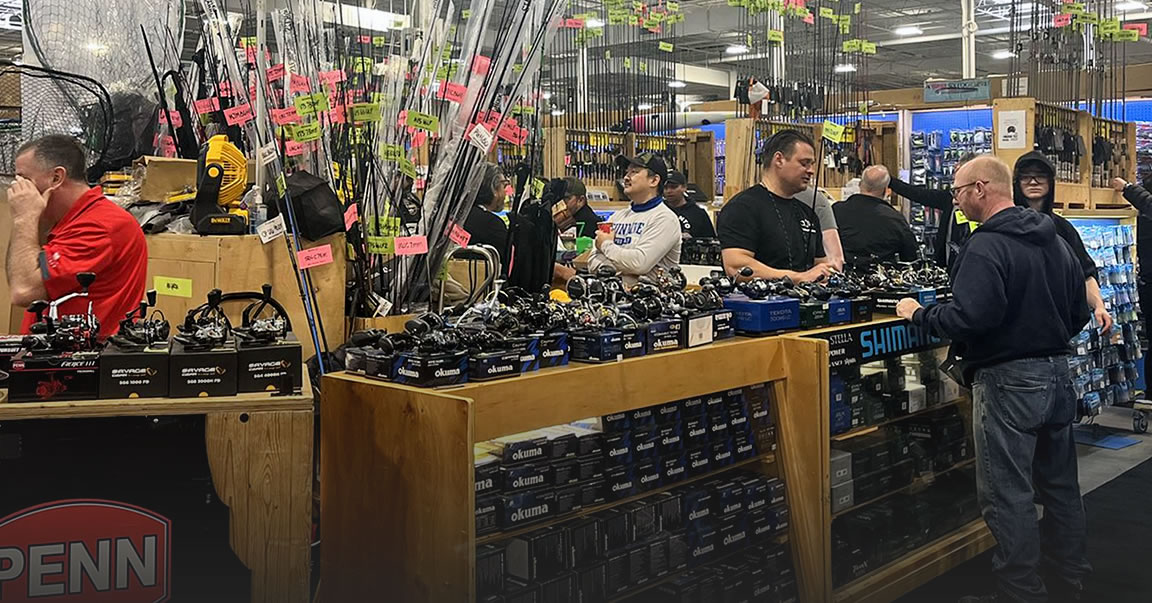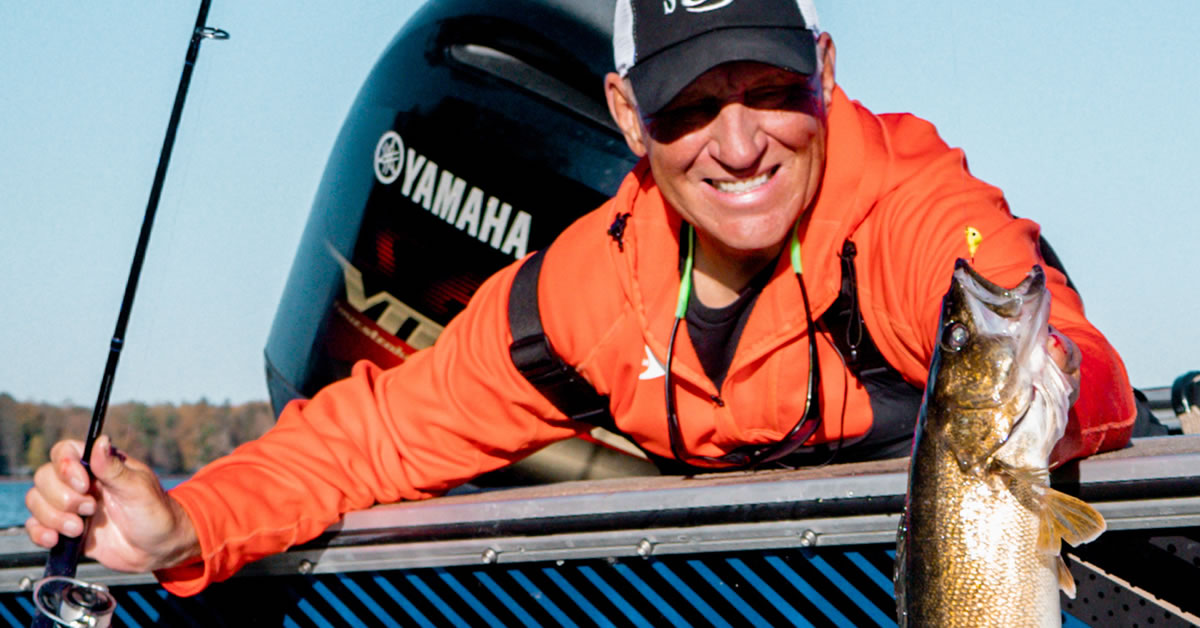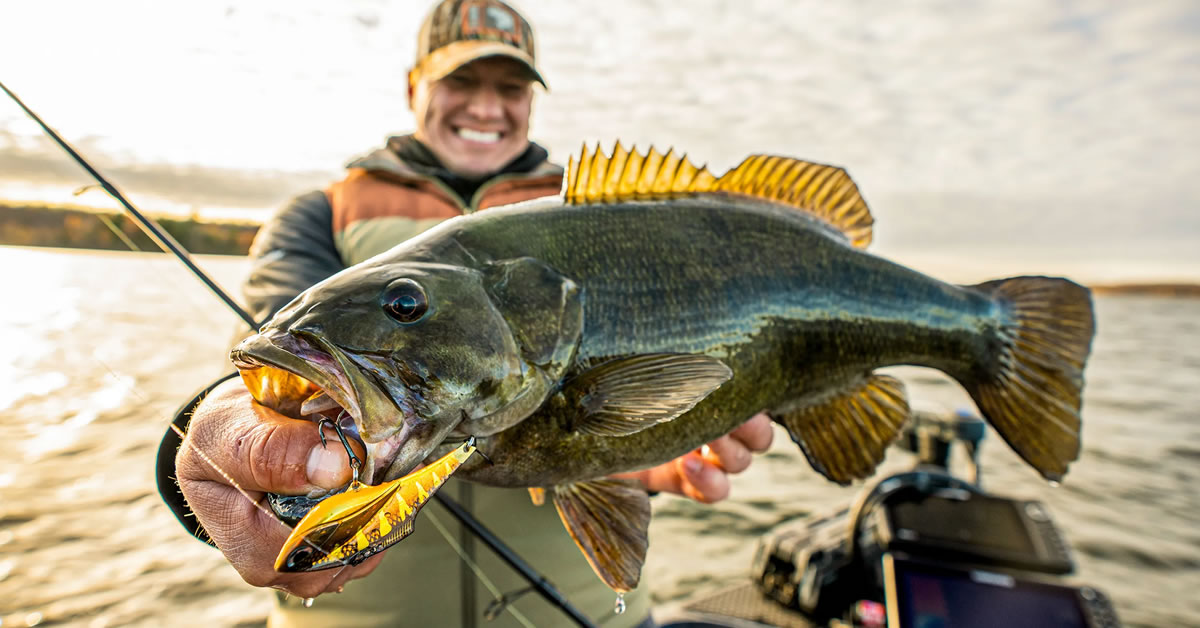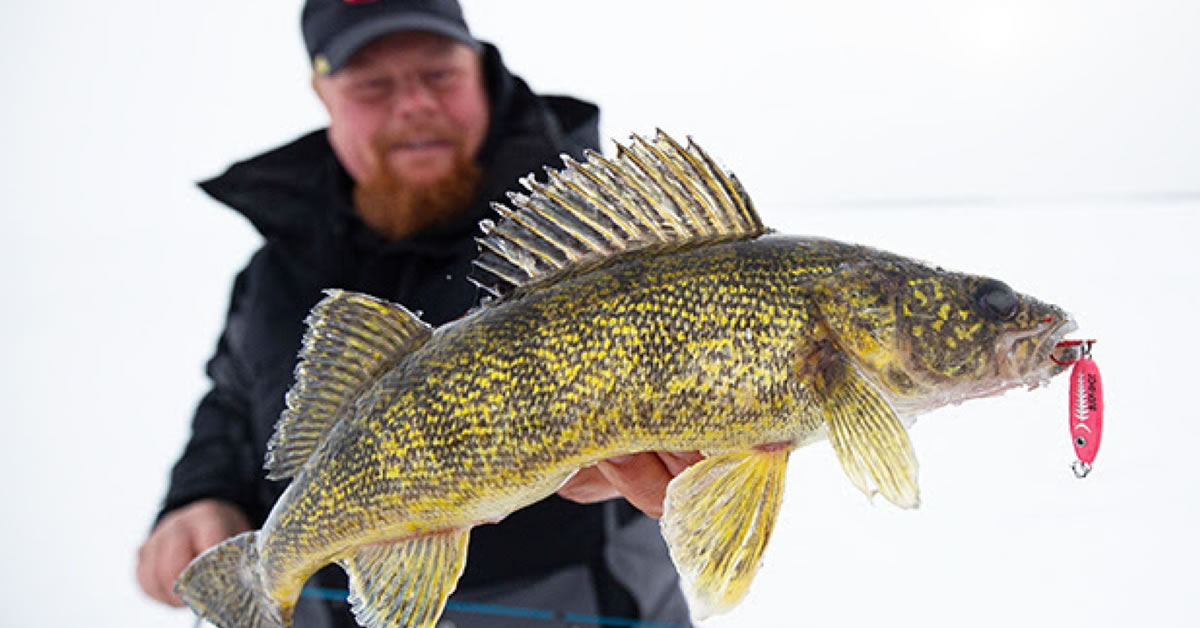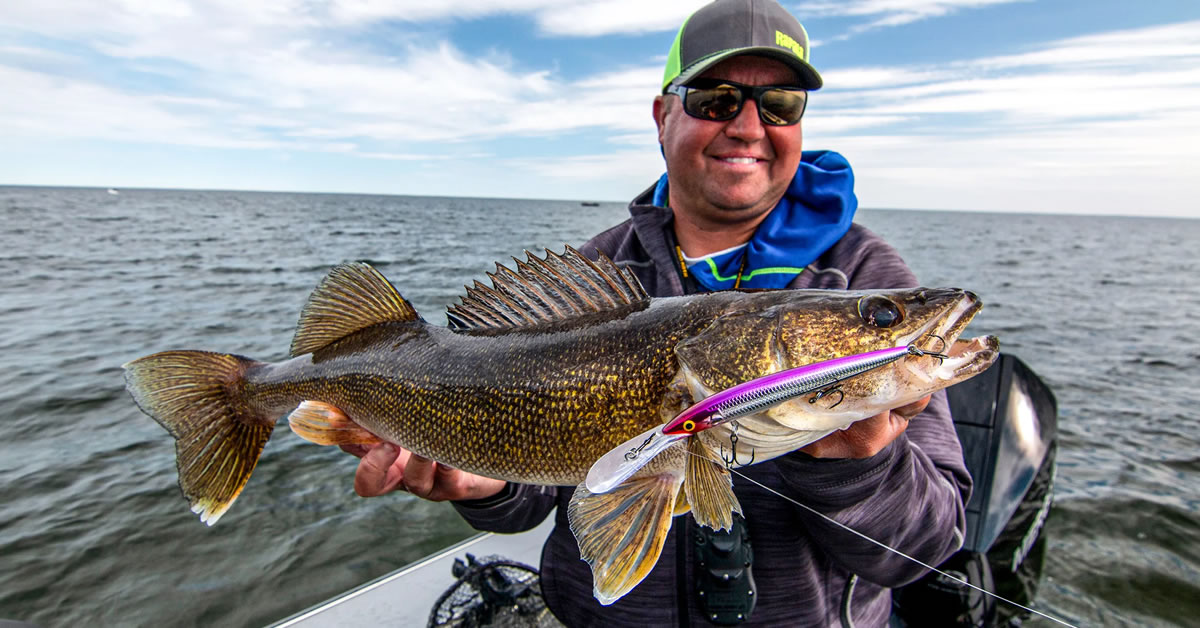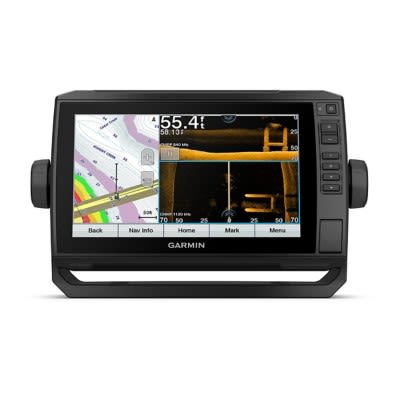When To Use Mono, Braid or Fluorocarbon
Here's a simple guide to choosing line so that your next trip to the tackle store is a lot less stressful.
by Craig Ritchie
.jpg)
Buying fishing line used to be easy - you picked the brand, tint and breaking strength you like best, and head for the cash register. There wasn't much more to it.
Not so today, with fishing stores offering braided lines, fluorocarbon lines and monofilament lines in a huge range of sizes, colors, brands and styles - to the point that some anglers are starting to feel they need an engineering degree just to spool up a reel. Here's a simple guide to choosing line so that your next trip to the tackle store is a lot less stressful.
Monofilament
Mono line has been around forever and although it's taken a back seat to newer arrivals in recent years, it's still great stuff and in some situations, is the best stuff to use. Monofilament line floats fairly well and is stiffer than most braids, making it ideal when fishing with topwater baits - especially when using walk-the-dog or stop-and-go presentations. It's also a top choice for fishing with reaction lures like crankbaits or spoons, since it has more stretch than either braid or fluorocarbon and better withstands the shock of a hard hit. By stretching under pressure, mono helps prevent your hook from tearing a hole in a fish's mouth. Mono is also super-easy to use, and it works extremely well with most common types of knots.The disadvantages to mono are its stretch, which can make long-distance hooksets less certain, and its tendency to dry out and coil when it gets old, at which point it becomes almost impossible to cast.
.jpg)
Braid
Although many anglers think of it as the new kid on the block, braided lines have actually been around longer than monofilament. Braid regained popularity in recent years with the introduction of new fibers like Dyneema, which give it incredible strength for its diameter. It also doesn't stretch at all, so hooksets at long distances are a sure thing. It's also great for use in heavy cover, since it tends to saw its way through vegetation. Braid's lack of stretch also makes it a popular choice when sensitivity counts.The downside to braid - and it's a huge one - is that the stuff stands out in the water like a rope. Fish can see it easily, which means that unless you're fishing at night or in heavy cover, you will need to tie on a two-foot mono or fluorocarbon leader between the braid and your bait. The other major issue with braid is that many types of knots tied with it tend to slip easily (Palomar knots being the sole exception). Finally, its soft and supple construction means that when you get a backlash with braid, you usually get a whopper - one that can only be resolved with a fillet knife. Ironically, the backlash is one knot that never seems to slip.
.jpg)
Fluorocarbon
Fluorocarbon lines exploded onto the fishing scene in the 90s at the height of the finesse presentation era. The big plus to fluorocarbon is that it basically disappears underwater and is extremely difficult for fish to see, making it ideal for fooling heavily-pressured fish.The problem with fluorocarbon is that it's stiff and it's really expensive. Pure fluorocarbon lines are so stiff they're almost impossible to cast, so pure fluoro is almost always sold as leader material (fluoro lines that come on spools big enough to fill your reel with are almost always a blend of fluoro and mono). It also requires care when tying knots, since if you don't wet the line before pulling the knot tight, it will often fail. Fluorocarbon tends to sink at rest, making it a poor choice for topwater presentations.
.jpg)
Decisions, Decisions
So what do you buy? Each type of line has its strengths and weaknesses, which is why smart anglers usually carry multiple rods in the boat, some loaded with mono, others with braid or fluorocarbon. When they switch presentations or lures, they simply grab a rod that's loaded up with the kind of line they need so they're always getting the best advantage.




